The Mission was organized in 2008 under the agreement between the Institute of Oriental Studies of the Russian Academy of Sciences and the Institute of the Near and Far East (ISMEO, Italy). The Mission are working at the archaeological site of Abu Erteila since January 2009. The concession is highlighted by the National Corporation of Antiquities and Museums of Sudan (NCAM).
Expedition co-directors:
Eleonora Kormysheva (Institute of Oriental Studies RAS, Russia)
Eugenio Fantusati (ISMEO, Italy)
The archaeological site of Abu Erteila is located near the small village in the northeast of Shendi province, in the Butana region, on the eastern bank of the Nile, in the bed of Wadi al-Hawad, not far from the modern settlement of Kabushiyah. The monument to the Meroitic civilization dates back to the 1st – 3rd centuries A.D. and is located in 9 km to the south of Meroe City – the capital of the Meroitic Kingdom.
The site consists of two main koms (hills), which are the remains of two structures, composed of a combination of mud and fired bricks with the use of stone details of yellow and dark sandstone, occupying the area of about 2000 sq m.
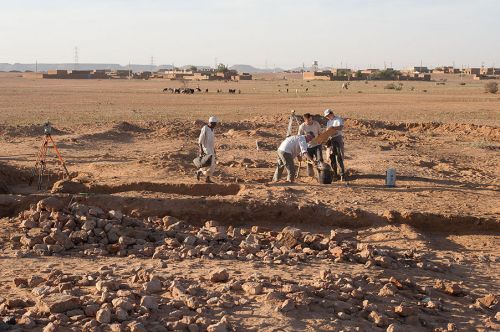
|
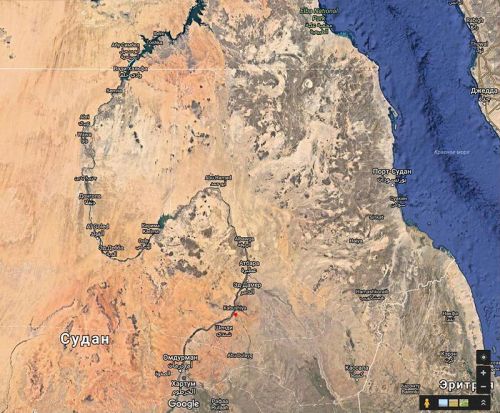
|
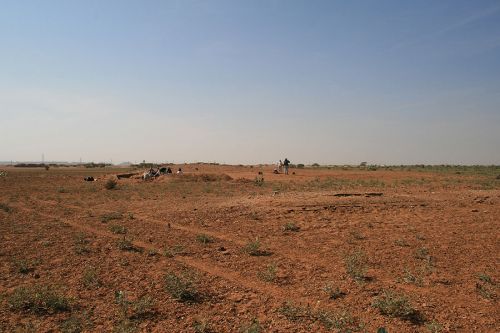
|

|
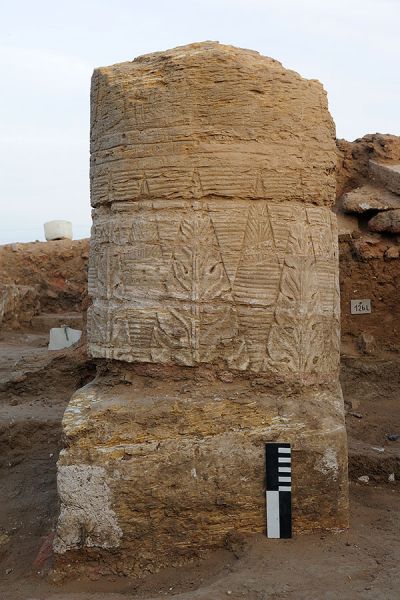
|
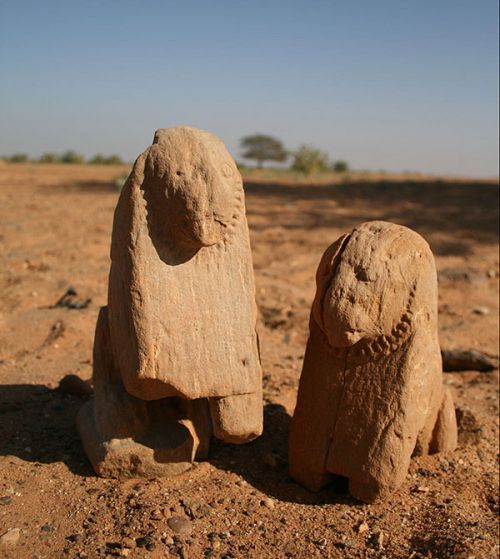
|
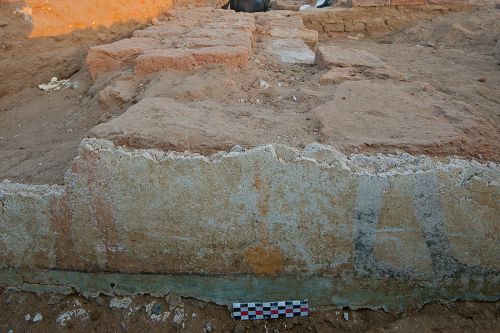
|

|
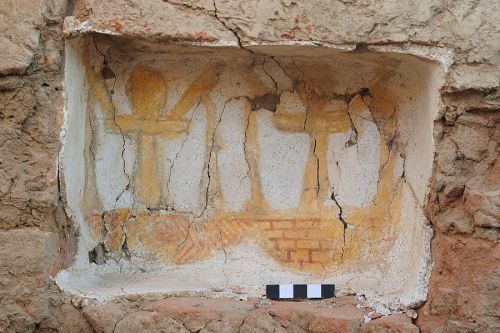
|
Before the beginning of archaeological excavations, a geophysical survey was carried out, which revealed the general plan of the structures and their boundaries, and then systematic archaeological research was started. Presently it was possible to establish that the constructions were a temple and a residential building, probably, a palace or a residence for a priest. The temple was a multi-room building, probably dedicated to the gods originating from Egypt, including Isis, mentioned in the inscriptions on the altar and the stand for a sacred barque. In addition to the names of King Natakamani (0 – 20 A.D.) and Queen Amanitore, their son prince Sorkaror is also mentioned on the temple altar and stands. Thus the temple in Abu Erteila was built at the beginning of the 1st century A.D., and was devoted to the royal coronation ceremonies. The temple continued to function in the 3rd century A.D., but was rebuilt partly and used as a dwelling. At the final stage of its existence, the temple was abandoned, and the heights of Abu Erteila were used by the local population as a cemetery during the Post-Meroitic, Christian and Islamic Periods (4th – 15th centuries A.D.).
A large number of found architectural details and objects with royal and sacral symbolics suggest that the rituals of coronation were performed in Abu Erteila, who could make a coronation tour on Wadi el-Hawad, stopping at this and other temple centers.
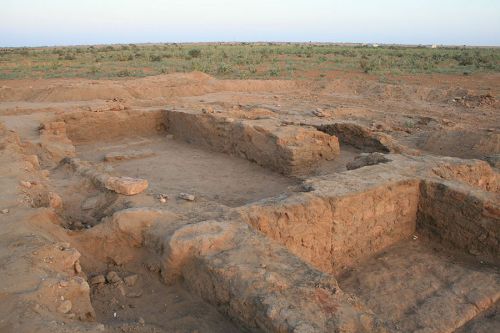
|

|